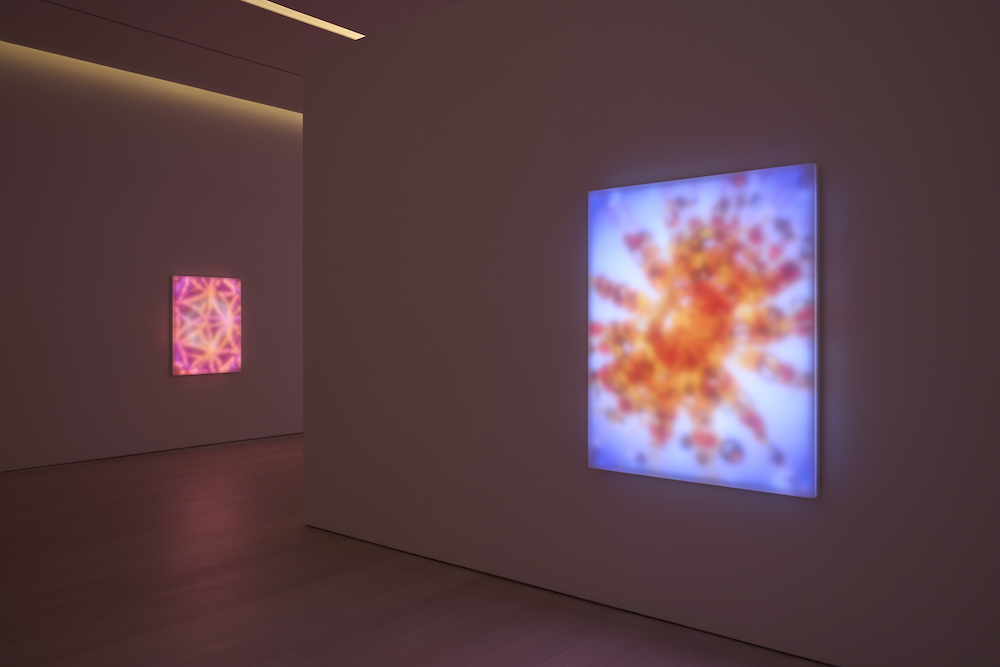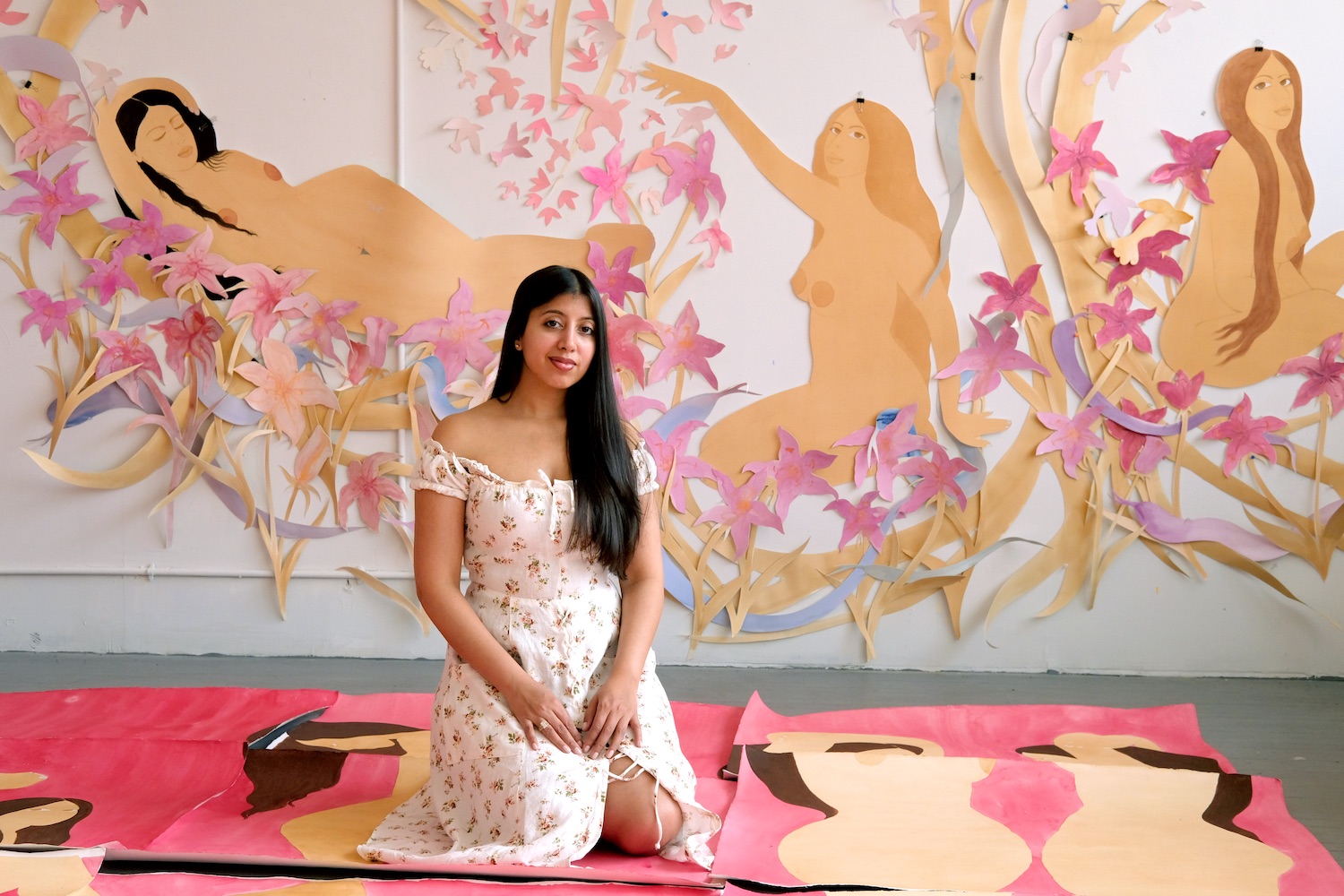Leo Villareal’s “Interstellar” is currently on view at Pace Gallery’s 540 West 25th Street location in New York. Up through April 29, 2023, the show includes 15 new sculptures glowing with colorful LEDs that pulse, move, and morph as a result of custom software, created in-studio.
New York-based Villareal has long investigated the effects and experience of light in motion in space. Fascinated with the potential of virtual reality while studying at NYU, he realized he could create a similar experience by playing with time, scale, color, and space working with custom code to create dynamic light sculptures—including public works like The Bay Lights in San Francisco and Illuminated River across nine bridges over the Thames in London.
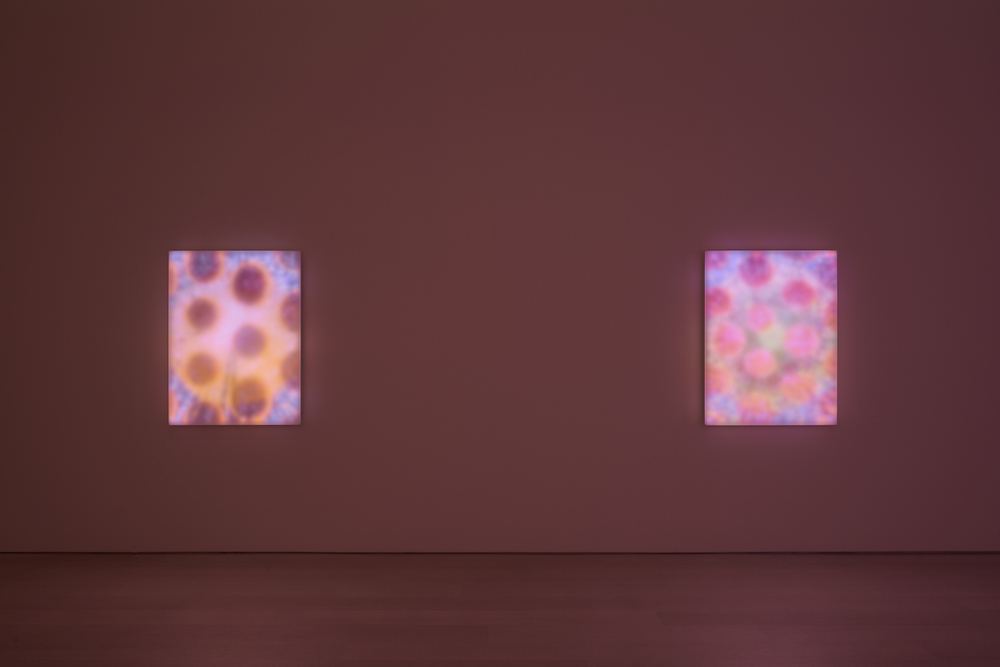
Installation view of “Leo Villareal: Interstellar,” at 540 West 25th Street, New York, NY 10001, March 17 – April 29, 2023, photography courtesy Pace Gallery.
The artist’s latest investigation, following successful forays into Web3 possibilities with collections like “Cosmic Reef” and “Cosmic Bloom” in 2022 with Art Blocks, has resulted in the series “Nebulae.” It is comprised of wall-based sculptures inspired by images of deep space captured by the Webb telescope, evoking images of the celestial wonders in color and diffused auras.
Whitewall spoke with Villareal about working a way that, in his description, recreates nature from the ground up with code.
WHITEWALL: What was the starting point for the show, “Interstellar”?
LEO VILLAREAL: I’ve been working on a series of works called “Nebulae.” I did a show with Pace in Palm Beach last year, right around this time. And in Geneva. This show is going to be quite different than my last show based in New York in that it’s using a lot of color.
I’ve always worked with color in addition to my monochromatic works, but I started working in color primarily with the Illuminated River in London, which is the public artwork I did on nine bridges over the Thames. I was studying a lot about other artists who were inspired by the Thames—Monet, Turner, Whistler. We have nine bridges, each one is different, with some of them using color, which is very different from The Bay Lights in San Francisco which is all monochromatic. I started working and getting really excited about some of the tools we developed and that led to the “Nebulae” series.
The other thing that has happened is Cosmic Reef and Cosmic Bloom, which are my two generative artwork projects we launched last year. With those, in order to create the pieces on Art Blocks, which has to run in a browser. Initially, I didn’t know what you could do in a browser, but I was very pleasantly surprised to realize you could do amazing things. Those tools are incredibly helpful in creating light sculpture. I’m starting to kind of cross-pollinate two worlds of what I do in my day-to-day sculptural practice and what I’m doing with generative work.
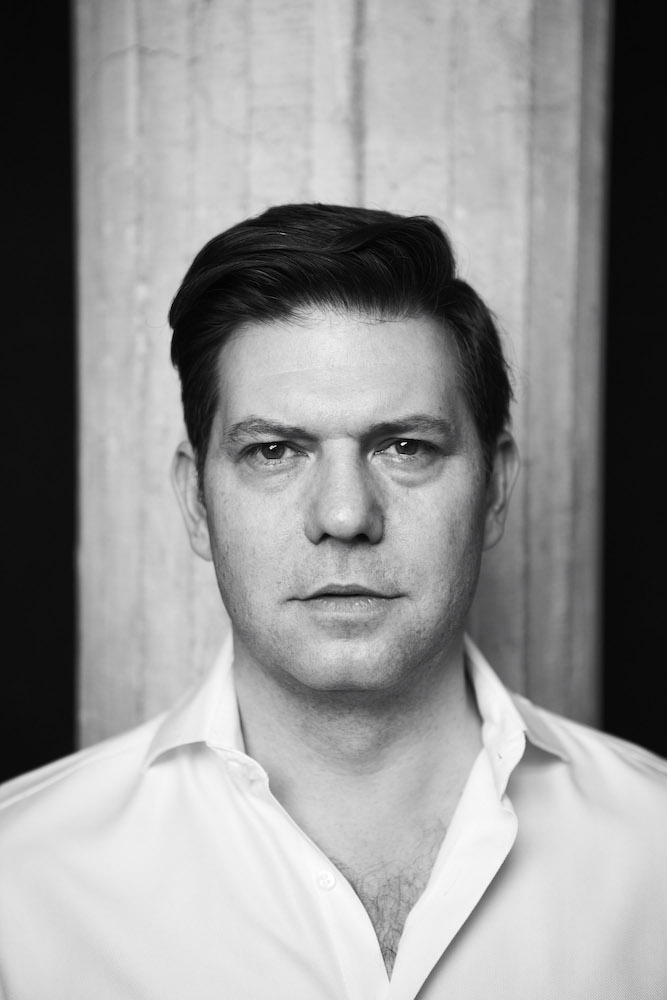
Leo Villareal, courtesy of Pace Gallery.
WW: The “Nebulae” series is inspired by cosmic or celestial imagery. Are there specific reference points in these new pieces?
LV: It’s very open-ended and abstract. But I found all the images coming back from the Webb telescope. It’s striking—to see those images in more depth, resolution, and complexity. I’ve always been interested in breaking things down and trying to understand how they work. I’m not using a camera to sample something from nature, to take a photograph or video. I’m recreating things from the ground up with code. So whether it’s the movement of water or something that evokes the sunset—these things that we respond to in nature—but boiling it down to the bare minimum of how could you make that with code and playing with those parameters.
I’ve been interested in cosmic things for a while and made several pieces referring to things that might occur in space. It is not representational, it’s not to be any kind of scientific visualization. It seemed like “Nebulae” was open-ended enough that it allowed a lot of possibilities, and a way to work with each one and try to understand what it is.
Creating each one is truly a series of discoveries. The way I work, I have my custom software tools, and then I start trying things and improvising in a way that you really wouldn’t think you could do with software. It’s kind of similar to the way a musician might work, trying things, and if something interesting happens I capture those moments, and those building blocks then become the piece.
There is really no beginning, middle, or end to them. It’s not a loop. I should also say it’s not generative. It’s not like Cosmic Reef or Cosmic Bloom.
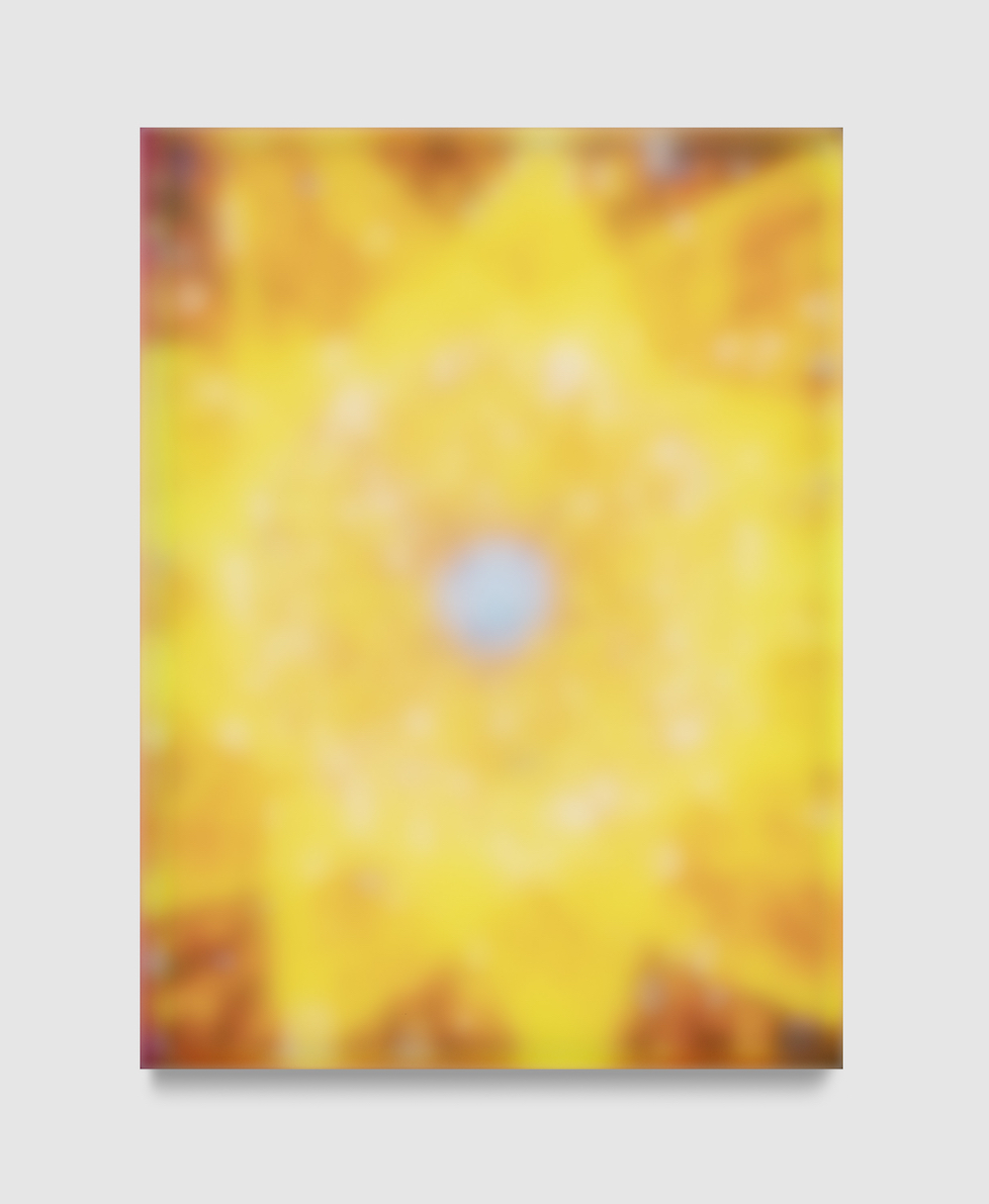
Leo Villareal, “Prism Nebula,” 2023, LEDs, acrylic, aluminum, electronics, custom software 48 × 36 × 3 inches, © Leo Villareal, courtesy of Pace Gallery.
WW: Speaking of Cosmic Reef, you mentioned working in the browser for the first time for that, which made me think of the scale of these “Nebulae” wall works is a bit like a window. Is that a coincidence?
LV: One of the interesting things about Cosmic Reef and Cosmic Bloom are that they are resolution independent. One of the hardest things for me as a sculptor is that people are looking at these things on their phones or computer and I can’t really define the way they should be seen, which is really what I do. I am incredibly specific about the type of LED and the type of diffusion material, and all these things that make up my work.
On the plus side, the generative work can be purely digital, and it opens up a huge new audience that can acquire the work at a price that’s much, much lower than what I can do with my sculptural pieces. I loved working in that way, and I love the aspect of using these generative artworks as sketches, trying things in the way I thoroughly explored with both of those projects.
The browser is working with a window. They do become like portals in a way. I see them as being kind of vehicular. But I’ve always been interested in it from the very beginning of the ‘90s when I was studying virtual reality at NYU in the Telecommunications program. So I’ve been thinking about this for a long time, and I guess the epiphany came when I connected software and light, and I realized that I didn’t need a supercomputer. I had that display, and a special chair, and all this gear, and I could get out of that arms race, and just with light, code, and a small amount of information, I could do a lot of the same things I was trying to do with VR.
Light, obviously, we are very drawn to as humans, it is really a primal quality. Then when you add time, sequenced light adds another layer of complexity because our brains are hard-coded to recognize patterns. So we’re attracted to it. And then there’s information. You’re sort of trying to say, “Well, what am I looking at? What is this?” When it is abstract you can’t quite resolve it. It doesn’t match something perfectly, but it evokes something that is pleasurable and functions in the same way as our responses to things in nature. These pieces are very technical but something else happens when they’re taking you on this “journey.”
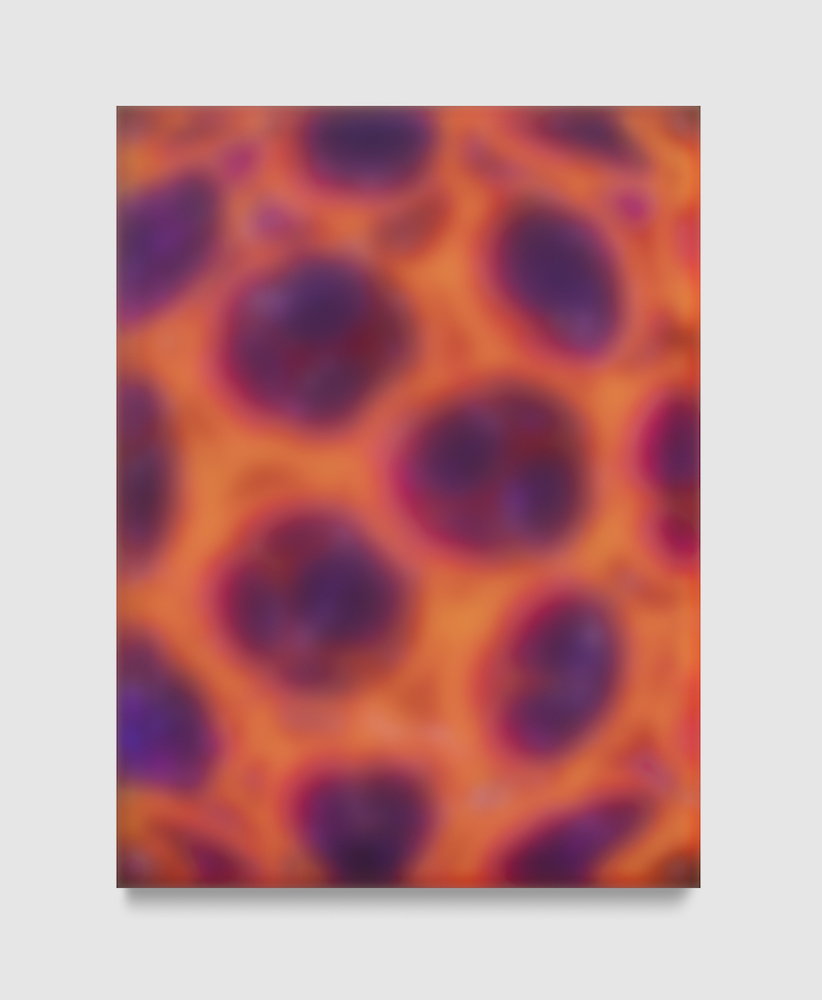
Leo Villareal, “Orb Nebula,” 2023, LEDs, acrylic, aluminum, electronics, custom © Leo Villareal, courtesy of Pace Gallery.
WW: While they are smaller-scale wall works, than say you large-scale sculptures or public works, they do create this total atmosphere in the gallery. The light fills the room. How are you thinking about their immersive quality?
LV: I describe myself as a sculptor because it’s not just about the piece itself, it’s about the way that they activate the environment around them. The room becomes a lantern, in a way. I do think these works are very painterly. They’re layered and they’re doing a lot of things that are quite complex. You really couldn’t do this with pigment, dealing with light and photons and time.
I’ll mention I’ve been looking at a lot of art that I grew up looking at. I grew up in Chihuahua in Juarez and El Paso. I spent a lot of time traveling to Mexico City. I am seeing a lot of the things I saw when I was young, a Diego Rivera mural or Frida Kahlo, these works that try to encapsulate the cosmos, all these systems, the sun and the moon, and these primal forms have certain kind of textures. I’m feeling a sort of an interesting connection to that work, as well, when I look at these new pieces.
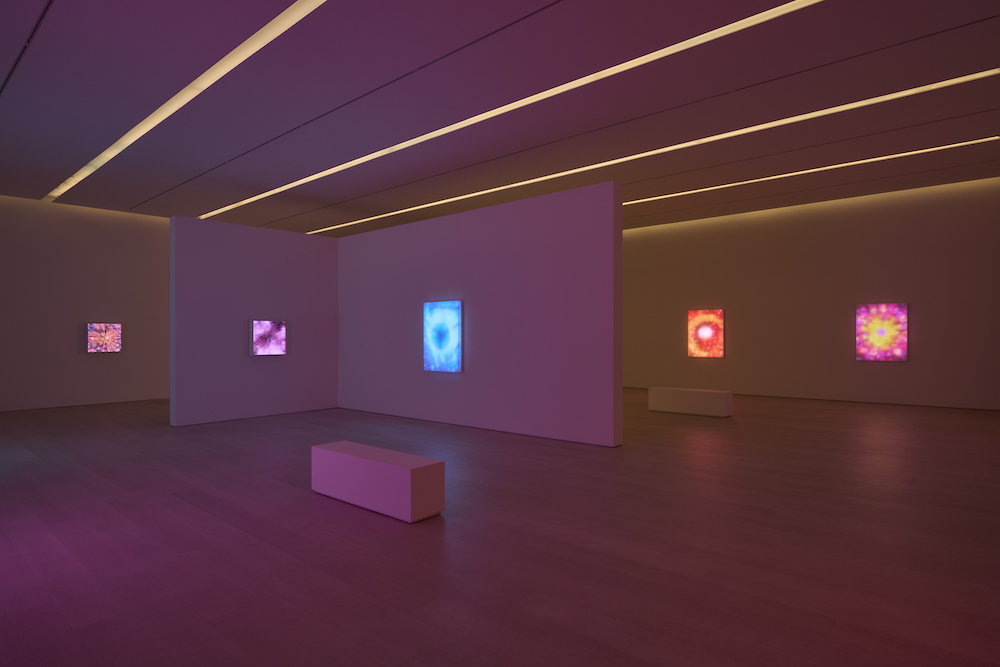
Installation view of “Leo Villareal: Interstellar,” at 540 West 25th Street, New York, NY 10001, March 17 – April 29, 2023, photography courtesy Pace Gallery.
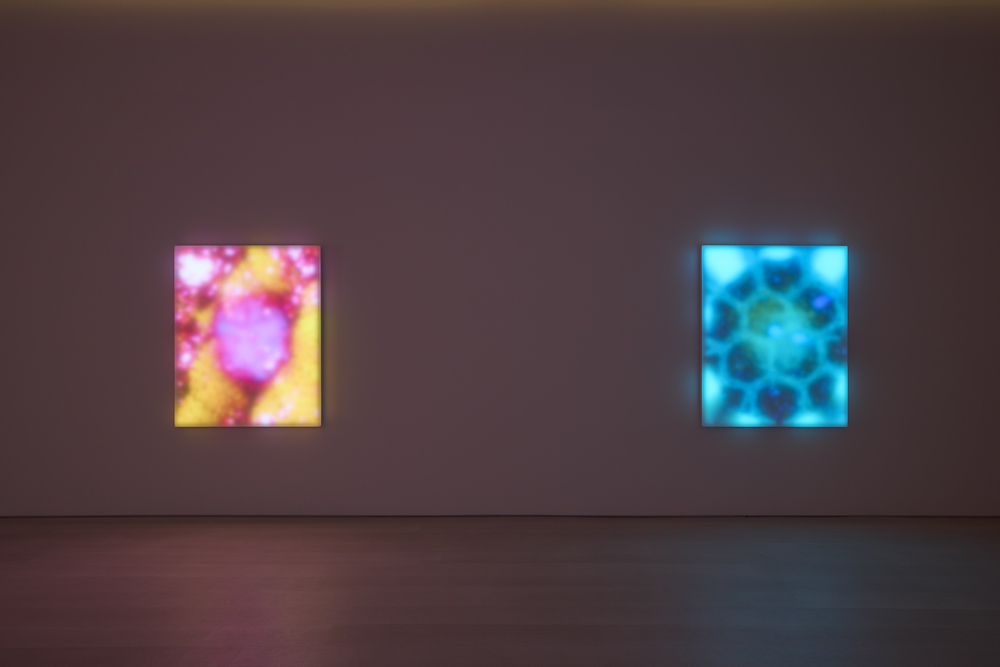
Installation view of “Leo Villareal: Interstellar,” at 540 West 25th Street, New York, NY 10001, March 17 – April 29, 2023, photography courtesy Pace Gallery.
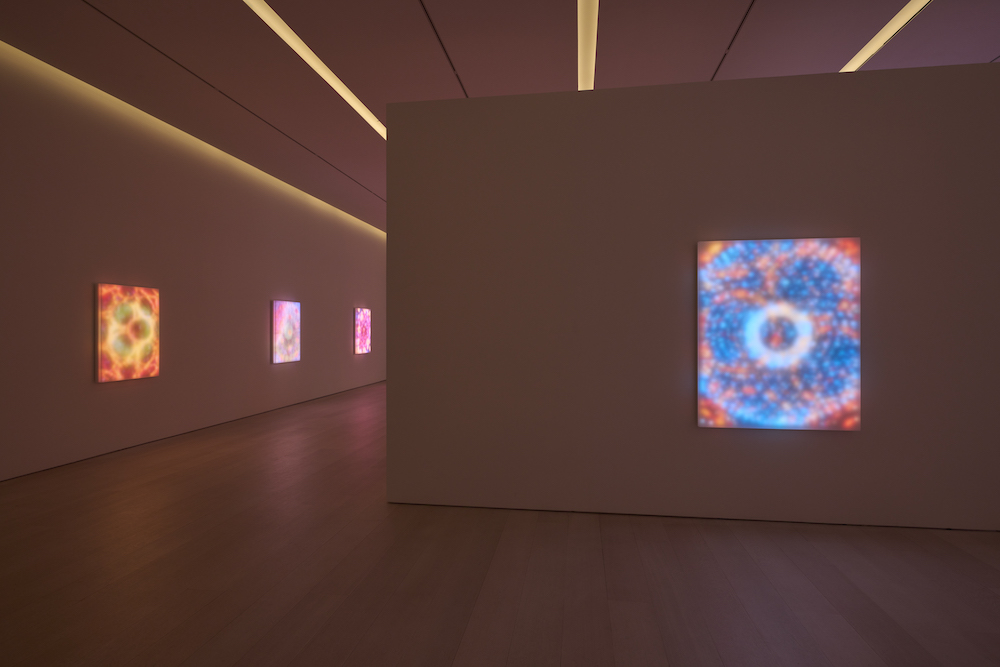
Installation view of “Leo Villareal: Interstellar,” at 540 West 25th Street, New York, NY 10001, March 17 – April 29, 2023, photography courtesy Pace Gallery.
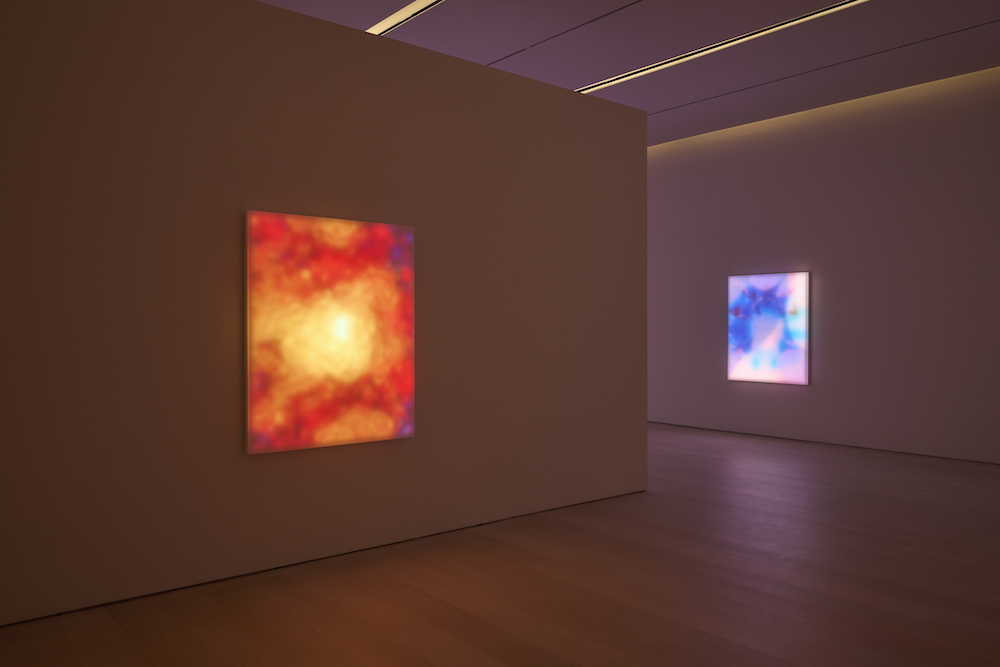
Installation view of “Leo Villareal: Interstellar,” at 540 West 25th Street, New York, NY 10001, March 17 – April 29, 2023, photography courtesy Pace Gallery.



